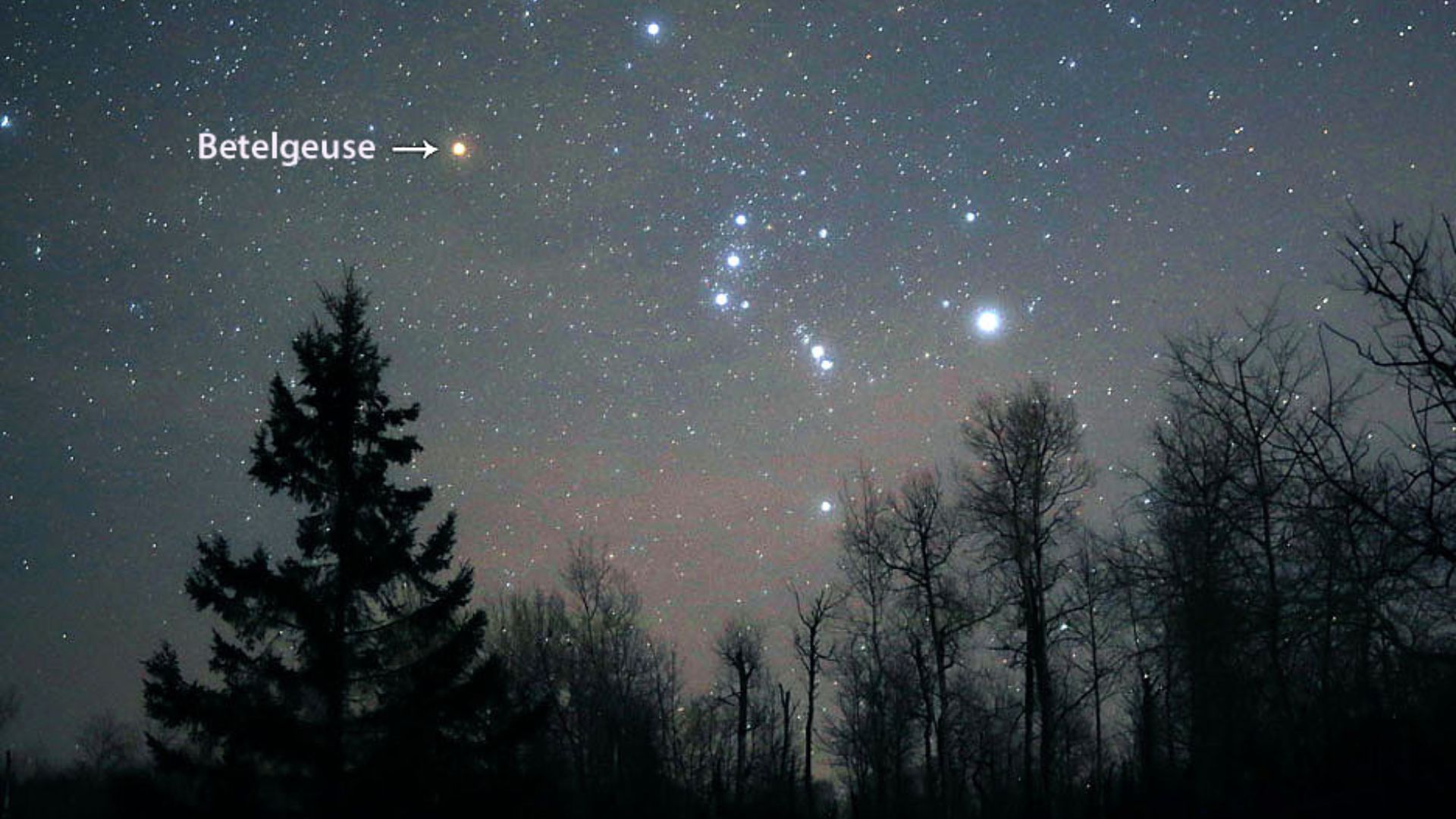A celestial spectacle is set to unfold in the night sky on Monday (Dec. 11), as the asteroid 319 Leona performs a unique dance with the well-known red star Betelgeuse. This occurrence, known as an occultation, will see the asteroid pass in front of Betelgeuse, temporarily blocking it from our Earthly vantage point and offering astronomers an extraordinary opportunity for study.
The asteroid, residing in the main asteroid belt between Mars and Jupiter, boasts dimensions roughly resembling an egg, measuring 50 by 34 miles (80 x 55 kilometers). Such an event affecting a bright star like Betelgeuse is a rare phenomenon, making this a unique chance for astronomers to delve into the star's photosphere, its visible layer responsible for emitting most of its energy.
While this celestial ballet will be visible along a narrow path stretching from central Mexico across southern Florida, extending to southern Europe and Eurasia, not everyone will have a front-row seat. To make the event accessible to a global audience, the Virtual Telescope Project in Rome, Italy, will host a free livestream starting at 8 p.m. EDT on Monday.

Betelgeuse: A Star of Interest
Betelgeuse, a red supergiant located in the Orion constellation approximately 700 light-years away, is a prominent feature in our night sky. This event provides an opportunity to enhance our understanding of the star's characteristics and the asteroid Leona, offering valuable insights into Betelgeuse's large convective cells that drive its variable brightness.
There are lingering uncertainties surrounding the predictions for this celestial event. While astronomers recently estimated Leona's size through the eclipse of a dimmer star in September, it remains unclear if the asteroid will completely obscure Betelgeuse, resulting in a total eclipse, or if a "ring of fire" effect will ensue. The unpredictability adds to the intrigue, with astronomers eagerly awaiting results that may further our knowledge of these celestial bodies.
How to Witness the Event
For those unable to witness the occultation along its narrow path, the livestream from the Virtual Telescope Project offers a global audience the chance to observe this astronomical phenomenon. Scheduled to begin at 8 p.m. EST on Monday, the livestream will capture the 15-second eclipse, providing a captivating view of a momentary disappearance of one of the night sky's most prominent stars.